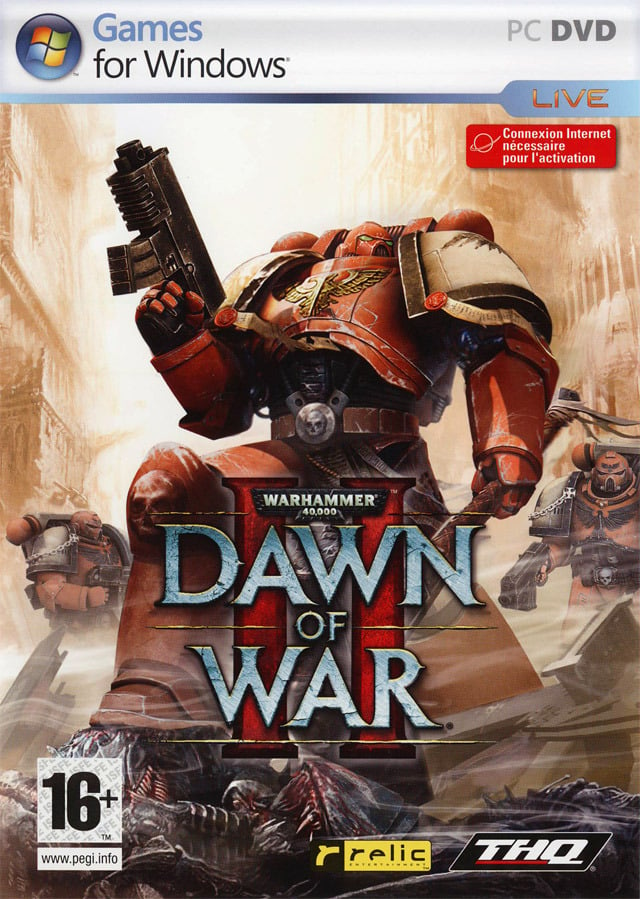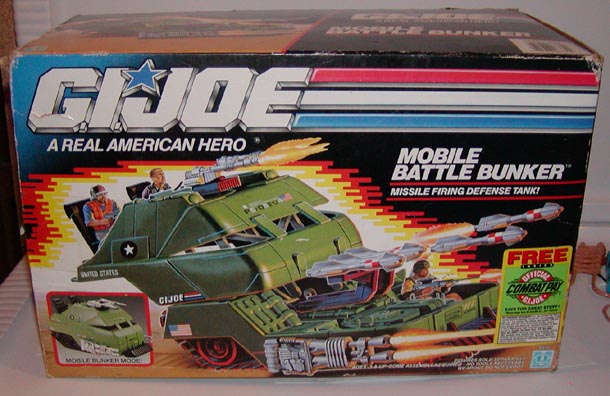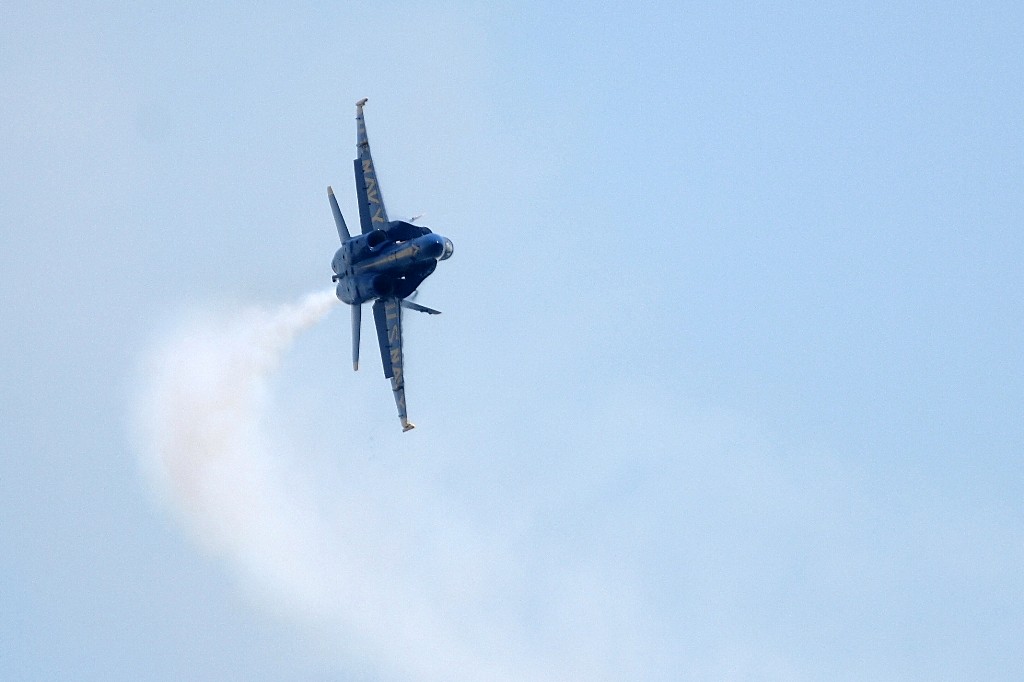
When I first played Starcraft back in 1998, I was enthralled. The game had so much to offer – probably too much for a 12-year-old. Intricate story and great game-play, these were the things I came to expect from Blizzard Entertainment.
However, I was scared off from the multiplayer side of it. I had known from experience that my multiplayer skills weren’t that good – and I had an extremely hard time even against the computer. The concept of using unit combos was nearly alien to me.
 Don’t get me wrong – I knew of combos. Zerglings and Hydras, Marines and Siege Tanks, Carriers and Arbiters… but I just didn’t really execute them. For my 12-year-old brain, it was too much info to handle. Instead, I was focused on setting up fun traps for my opponents to stumble into. Build Zerglings and Hydras, burrow them in front of my base, then pop them up – endless fun.
Don’t get me wrong – I knew of combos. Zerglings and Hydras, Marines and Siege Tanks, Carriers and Arbiters… but I just didn’t really execute them. For my 12-year-old brain, it was too much info to handle. Instead, I was focused on setting up fun traps for my opponents to stumble into. Build Zerglings and Hydras, burrow them in front of my base, then pop them up – endless fun.
Still, it wasn’t right.
 I was ignoring a big part of the game – economy. In 1 on 1 matchups, this cost me more games than I can count. I simply couldn’t keep up with my opponents. Even in Warcraft 2, my economy always lagged behind. My cousins would build massive Ogre and Paladin armies, more than twice the size of mine. Though they had the economy advantage, which would eventually wear me down and destroy me, I did have a unit micro advantage. Whereas they would throw their units into the fray, then return to expanding their economies, I would keep in the fight, and heal my Paladins as they took damage, making my fighting force count for more than its worth.
I was ignoring a big part of the game – economy. In 1 on 1 matchups, this cost me more games than I can count. I simply couldn’t keep up with my opponents. Even in Warcraft 2, my economy always lagged behind. My cousins would build massive Ogre and Paladin armies, more than twice the size of mine. Though they had the economy advantage, which would eventually wear me down and destroy me, I did have a unit micro advantage. Whereas they would throw their units into the fray, then return to expanding their economies, I would keep in the fight, and heal my Paladins as they took damage, making my fighting force count for more than its worth.
But I wouldn’t win. At best, I would just delay the inevitable.
My strength in Starcraft, but only in multiplayer maps, was my ability to harvest lots of resources WITHOUT spending them, and then after nearly being wiped-out, returning from the grave and suddenly building a huge force out of the Zerg’s self-replicating system. With 8000 minerals saved up, and lots of gas, I could spawn half a dozen or so Hatcheries, then suddenly mass a huge force of Hydralisks.
This wasn’t a good strategy though. I was making the best out of my weakness, not making the best out of real strengths.
 Thankfully – over the years I’ve played much more in other games, and discovered I have a hearty appetite for carnage. I would discover things like unchecked expansions through some games, and sudden rushes in others. Supreme Commander was a good lesson in learning that the might of an economy alone can win games, but Dawn of War taught that one needed to pay attention to your individual combats as well.
Thankfully – over the years I’ve played much more in other games, and discovered I have a hearty appetite for carnage. I would discover things like unchecked expansions through some games, and sudden rushes in others. Supreme Commander was a good lesson in learning that the might of an economy alone can win games, but Dawn of War taught that one needed to pay attention to your individual combats as well.
Now, with the return of Starcraft, in all its glory (it really is a beautifully crafted game – Blizzard’s best so far), I have been tried through fire, ready to be forged on the anvil of war. I now have the skills to manage my economy, the confidence to attack early, and the precision to manage my combats. All of these skills still require much fine-tuning still, but I am ready – which is what’s important.
 At this point, I’ve come to understand a very important issue in Starcraft 2 – Scouting & Unit Combos. You can’t have one without the other. Scouting is vitally important in Starcraft 2 because of the existence of “hard-counters”. In Magic, a hard-counter is a card that just says “counter target spell”. It doesn’t give your opponent any leg-room to escape. This is opposed to a “soft-counter”, where your opponent is restricted, but has an option, or the counterspell is only effective some of the time (like they can avoid it by spending mana, or the spell has restrictions on what it can target).
At this point, I’ve come to understand a very important issue in Starcraft 2 – Scouting & Unit Combos. You can’t have one without the other. Scouting is vitally important in Starcraft 2 because of the existence of “hard-counters”. In Magic, a hard-counter is a card that just says “counter target spell”. It doesn’t give your opponent any leg-room to escape. This is opposed to a “soft-counter”, where your opponent is restricted, but has an option, or the counterspell is only effective some of the time (like they can avoid it by spending mana, or the spell has restrictions on what it can target).
Starcraft 2 has hard and soft counters in the game. For example, Hellions vs Marines = Hard Counter. The Marines have light armour and are small units that gather in groups. The Hellion has an attack that deals bonus damage to light armour and has an attack that can hit multiple units in a group. Point for point, Hellions will beat Marines (though you need to micro-manage a bit to get the most out of the splash damage).
 Another example would be Zealots vs Zerglings = Soft Counter. Zealots can massacre Zerglings because the Zealots have high damage output, high health, and fast attacks. So long as they can avoid being surrounded, the Zealots will win out. They don’t have any bonuses against Zerglings, but their statistics and the way they deal damage helps them win.
Another example would be Zealots vs Zerglings = Soft Counter. Zealots can massacre Zerglings because the Zealots have high damage output, high health, and fast attacks. So long as they can avoid being surrounded, the Zealots will win out. They don’t have any bonuses against Zerglings, but their statistics and the way they deal damage helps them win.
This is why Scouting is important in Starcraft 2. This is why combos are important in Starcraft 2. It’s not a combo of “these 2 things are strong together” but rather “these 2 things are strong against a set of units your opponents have”.
I just had a placement match yesterday where my opponent was massing Marines. Tons of Marines. Probably had a good 24 Marines. You know what works great against Marines? Banelings. It’s simply stunning. Once I shot a few Banelings at him, Hydralisks (which can also chew through Marines) were able to come in and claim the day. Because I knew what he was building, I was able to switch tactics and starting producing a hard-counter.
 Same goes for another match against a fellow named JP. He was playing Terrans and had a good defense going with Marines in Bunkers supported by Siege Tanks. That’s tough to break into, regardless of what race you are. That is, it would be hard if you tried to fight him on his terms. Thankfully, every race in Starcraft 2 has something for every situation. In my case, after seeing that he had a lack of any Missile Turrets, I started building Dark Templar – something I was already planning on doing. The Dark Templar were able to bypass all of his defenses and tear apart his economy.
Same goes for another match against a fellow named JP. He was playing Terrans and had a good defense going with Marines in Bunkers supported by Siege Tanks. That’s tough to break into, regardless of what race you are. That is, it would be hard if you tried to fight him on his terms. Thankfully, every race in Starcraft 2 has something for every situation. In my case, after seeing that he had a lack of any Missile Turrets, I started building Dark Templar – something I was already planning on doing. The Dark Templar were able to bypass all of his defenses and tear apart his economy.
He was able to build stuff in response, but the cost to his economy was massive. From that point on, victory was all but assured. A second attack by Dark Templar finished things by taking out the Command Centre, leaving him without any way to collect minerals and sealing the deal.
Let’s assume, however, that he had built missile turrets. What could I have done then? Considering he was harvesting from just 1 base and I was harvesting from 2 (and soon 3 and 4), I could just try to hold him off from accessing another base – draining him of resources. In the meantime, I could build up a cliff-walking force of Collossi, perhaps supported with a Phase Prism to transport a force directly into his base, blast through an undefended destructible rock-face to strike from behind, or even gone the route of Mothership and Carriers for absolute bunker-blasting capability.
Okay, stepping back for a moment. The possibilities in Starcraft 2 allow for a dangerous game – Theory-craft. On the one hand, you need to know your options for a given situation. On the other hand, for every action you make, they can likely make at least 2 counters to that action. That’s what makes Starcraft 2 great – you always can do something else. It will cost you time, which is a precious, precious resource in Starcraft 2, but you can do it – likely by just building 1 more structure.
 This is why scouting is important. If I know my opponent’s forces, I can craft a force to beat his. If he doesn’t know what force I’m crafting to beat his, I have the advantage. If he does know what force I’m crafting to beat his, he’ll be at the advantage. It’s Rock/Paper/Scissors with the chance to cheat. I prepare Rock, they spy on me and prepare Paper, but I see that they spy on me and/or I spy on them making Paper, so I switch from Rock to Scissors, but they…
This is why scouting is important. If I know my opponent’s forces, I can craft a force to beat his. If he doesn’t know what force I’m crafting to beat his, I have the advantage. If he does know what force I’m crafting to beat his, he’ll be at the advantage. It’s Rock/Paper/Scissors with the chance to cheat. I prepare Rock, they spy on me and prepare Paper, but I see that they spy on me and/or I spy on them making Paper, so I switch from Rock to Scissors, but they…
So, before I go, let me present to you a small list of hard-counters. These are just what I’ve found so far, so don’t go overboard with them or consider them cannon at all.
Counter-Unit vs. Unit that gets Countered
Banelings vs Marines
Dark Templar vs Anyone Without Detectors
Marauders vs Roaches
Immortals vs Anything armoured (would also have been an option in my match against JP)
Void Ray vs Structures and Terran/Protoss Fliers
Reapers vs Worker Lines
About that last one – it’s mean. You honestly just need 1 or 2 Reapers to make a run on someone’s worker line. Not only will you inflict some real economic damage, but you’ll force your opponent to beef up defense on their worker-line, wasting their money on purely defense units or structures, and shifting them away from expansions and army-building.
Take care folks! Catch you next week!
Side Note: I've been playing the Ranking Matches. So far I'm 3 for 0. Go ahead and see my progress thus far! (add me as a friend through battlenet - if you already know my email, if you don't, leave a message below with your email and I'll consider adding you)
Battlenet let's you check up on your friends' progress in the game. While they're connected, you can see if they're currently playing a game, waiting for a game to start, or just waiting around for something to happen.
It also allows you to see how they've earned their current score. Checking mine, you'll notice that I've completed the Wings of Liberty campaign, have built 21 Zerglings at once, have had a 3-victory hotstreak at some point during my gaming career, and have completed the Terran Basic Challenge at Gold Level (unfortunately, the others are just at Silver at the moment).
I find this really "neat", as it can allow you to chat with your friends about things they've already accomplished, or see how far they've gotten through the game so you don't spill any spoilers.
Hope to see you online!






















